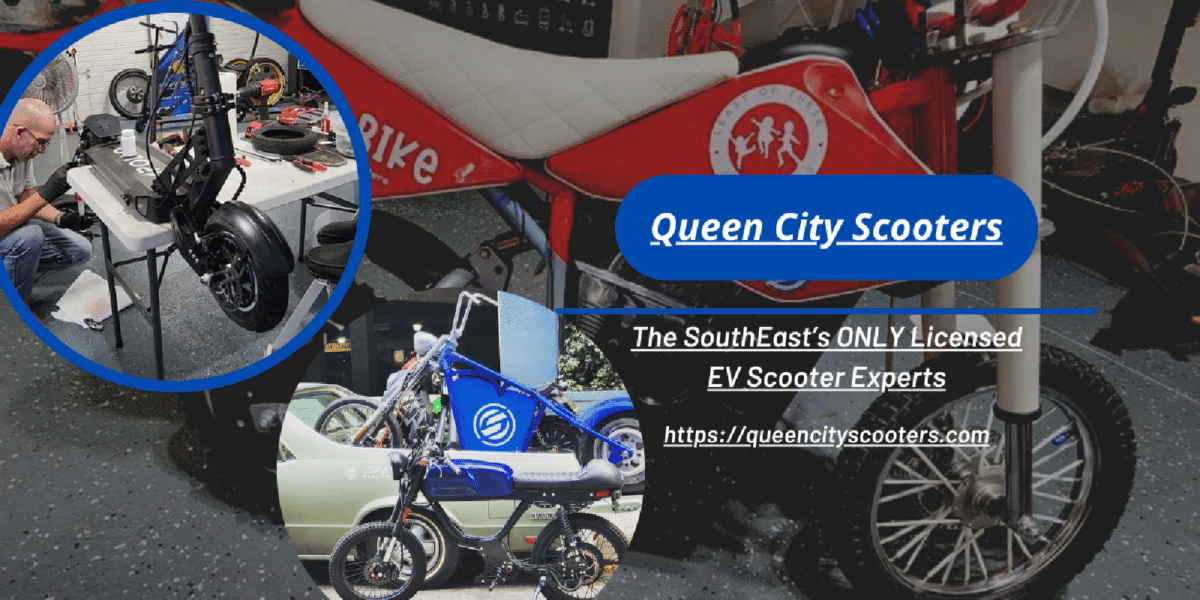How Nick Smith Founded Queen City Scooters to Help Others Reclaim Their Freedom of Mobility
From personal tragedy to successful entrepreneurship, Nick Smith’s story of founding Queen City Scooters is a testament to the demand and viability of the micro-mobility industry. After being unable to obtain a driver’s license due to a neck injury, Nick found himself frustrated with the complications of public transit and walking. However, his life changed when his father gifted him an electric kick scooter. Not only did it grant him the freedom of mobility he had longed for, but it was also fun and relaxing. Recognizing the vast potential of such products, Nick established Queen City Scooters in the spring of 2019, responding to the growing demand for efficient and eco-friendly modes of transportation.
In its early days, Queen City Scooters started out in the retail industry, serving as a representative for Glion and later becoming the first dealer of Segway Ninebot in North Carolina. However, Nick’s unwavering passion for personal electric vehicles drove him to learn the ins and outs of vehicle repair. When the company encountered financial constraints, Smith deftly shifted gears and redirected the company’s focus towards fixing a wide range of personal electric vehicles, which eventually led them to become the leading service and repair center for all types of personal EVs. Today, Queen City Scooters boasts impressive partnerships with major brands like Universal Studios, NFL players, and local charities and is recognized as the go-to repair center for some of the most reputable brands in the electric scooter industry.
What sets Queen City Scooters apart from other vehicle repair shops is their dedication to educating their customers. Their commitment to providing comprehensive guidance helps their clients make more informed decisions, empowering them to take charge of their mobility. For Nick and his team, the most fulfilling part of their job is equipping people with newfound freedom and independence, particularly those facing transportation challenges. By providing quality repairs and exceptional customer service, Queen City Scooters is more than just a repair shop; they are a symbol of hope and a source of empowerment for their community.
As an entrepreneur in the tech industry, Nick knows the difficulties of keeping pace in a rapidly changing landscape. But he credits his achievements to his unwavering perseverance, adaptability, and determination to embrace the newest advancements. He values customer feedback, stays abreast of the latest technological trends, and connects with prominent professionals in his industry. His customer base is diverse, spanning from adventurous thrill-seekers to college students, families, commuters, and casual riders alike.
Nick’s entrepreneurial journey serves as a beacon of hope for anyone with dreams of starting their own business. “If you are truly passionate about something you wish to make a business out of, be willing to commit and do whatever it takes, make sure you make your business as much about the customer as it is doing something you love,” he said.
As the micro-mobility landscape evolves and expands, Nick and other entrepreneurial minds like him will undoubtedly remain pivotal players in driving equitable access and usage of personal mobility solutions in urban areas.


